Search
Items tagged with: Astrophysics
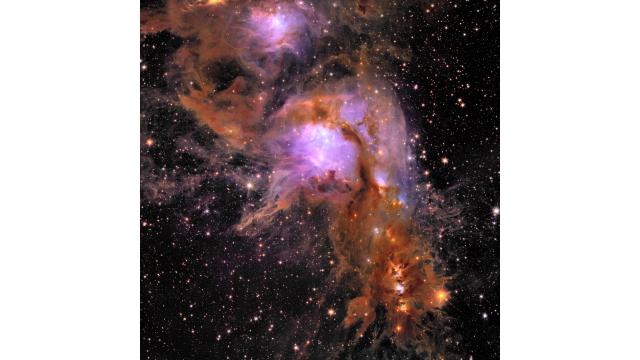
New Images From Euclid Mission Reveal Wide View of the Dark Universe - NASA
With NASA contributions, the mission will complement dark energy studies to be made by the agency’s upcoming Nancy Grace Roman Space Telescope.Anthony Greicius (NASA)

Spotted: ‘Death Star’ Black Holes in Action - NASA
A team of astronomers have studied 16 supermassive black holes that are firing powerful beams into space, to track where these beams, or jets, areNASA
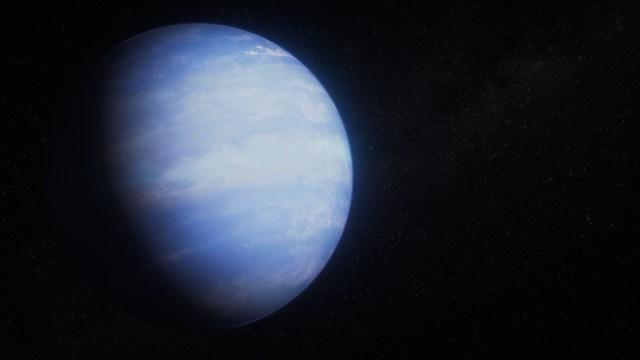
Webb Cracks Case of Inflated Exoplanet - NASA Science
Why is the warm gas-giant exoplanet WASP-107 b so puffy? Two independent teams of researchers have an answer.science.nasa.gov
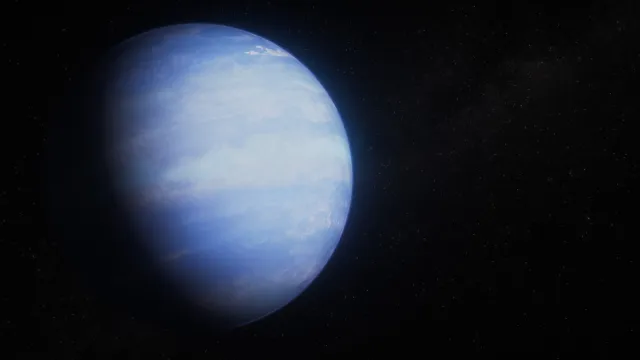
Webb Cracks Case of Inflated Exoplanet - NASA Science
Why is the warm gas-giant exoplanet WASP-107 b so puffy? Two independent teams of researchers have an answer.science.nasa.gov

Hubble Views Cosmic Dust Lanes - NASA Science
Featured in this new image from the NASA/ESA Hubble Space Telescope is a nearly edge-on view of the lenticular galaxy NGC 4753. Lenticular galaxies have an elliptical shape and ill-defined spiral arms.science.nasa.gov

Hubble Views the Dawn of a Sun-like Star - NASA Science
Looking like a glittering cosmic geode, a trio of dazzling stars blaze from the hollowed-out cavity of a reflection nebula in this new image from NASA’s Hubble Space Telescope.science.nasa.gov
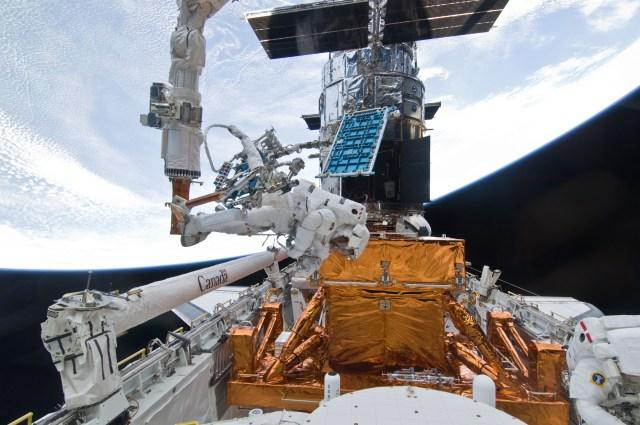
Hubble Celebrates the 15th Anniversary of Servicing Mission 4 - NASA Science
Fifteen years ago, human hands touched NASA’s Hubble Space Telescope for the last time. As astronauts performed finishing tasks on the telescope during its final servicing mission in May 2009, they knew they had successfully concluded one of the most…science.nasa.gov
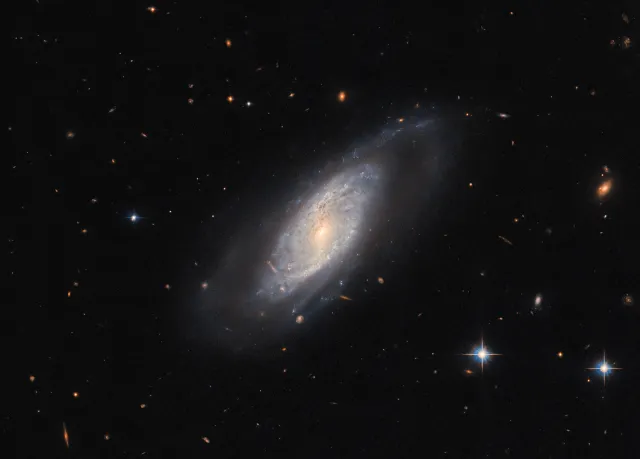
Hubble Glimpses a Star-Forming Factory - NASA Science
The celestial object showcased in this image from the NASA/ESA Hubble Space Telescope is the spiral galaxy UGC 9684, which lies around 240 million light-years from Earth in the constellation Boötes.science.nasa.gov
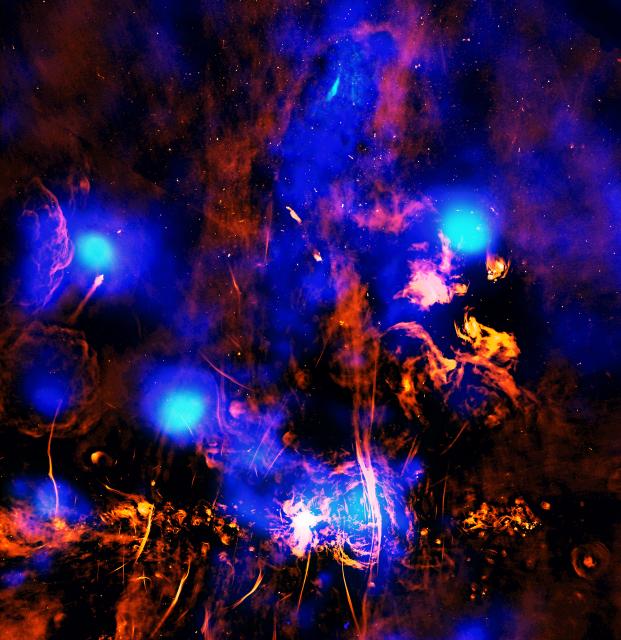
NASA's Chandra Notices the Galactic Center is Venting - NASA
Data from the Chandra X-ray Observatory reveal ridges thought to be a tunnel, that releases hot gas from the supermassive black hole at the Galactic Center.NASA

NASA’s Webb Hints at Possible Atmosphere Surrounding Rocky Exoplanet - NASA Science
Researchers using NASA’s James Webb Space Telescope may have detected atmospheric gases surrounding 55 Cancri e, a hot rocky exoplanet 41 light-years from Earth.science.nasa.gov
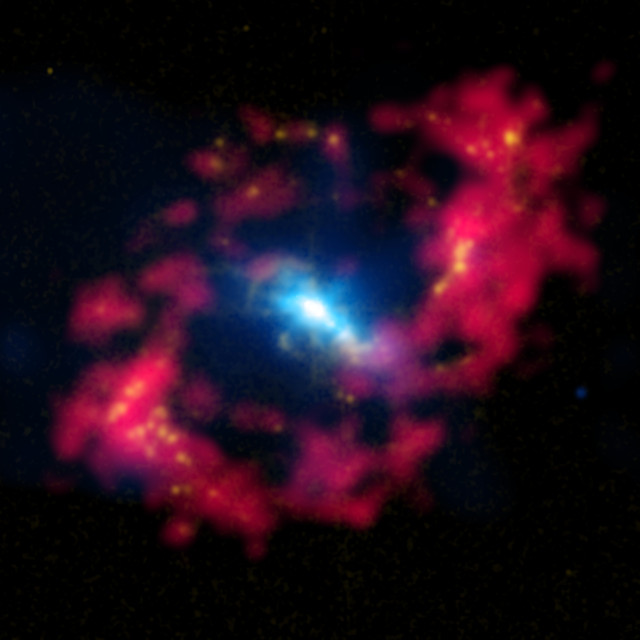
NASA, JAXA XRISM Spots Iron Fingerprints in Nearby Active Galaxy - NASA Science
After starting science operations in February, Japan-led XRISM (X-ray Imaging and Spectroscopy Mission) studied the monster black hole at the center of galaxy NGC 4151.science.nasa.gov
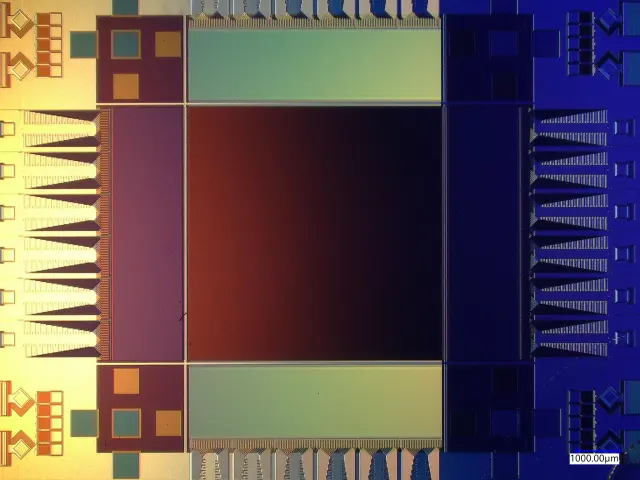
Breaking the Scaling Limits: New Ultralow-noise Superconducting Camera for Exoplanet Searches - NASA Science
When imaging faint objects such as distant stars or exoplanets, capturing every last bit of light is crucial to get the most out of a scientific mission.science.nasa.gov
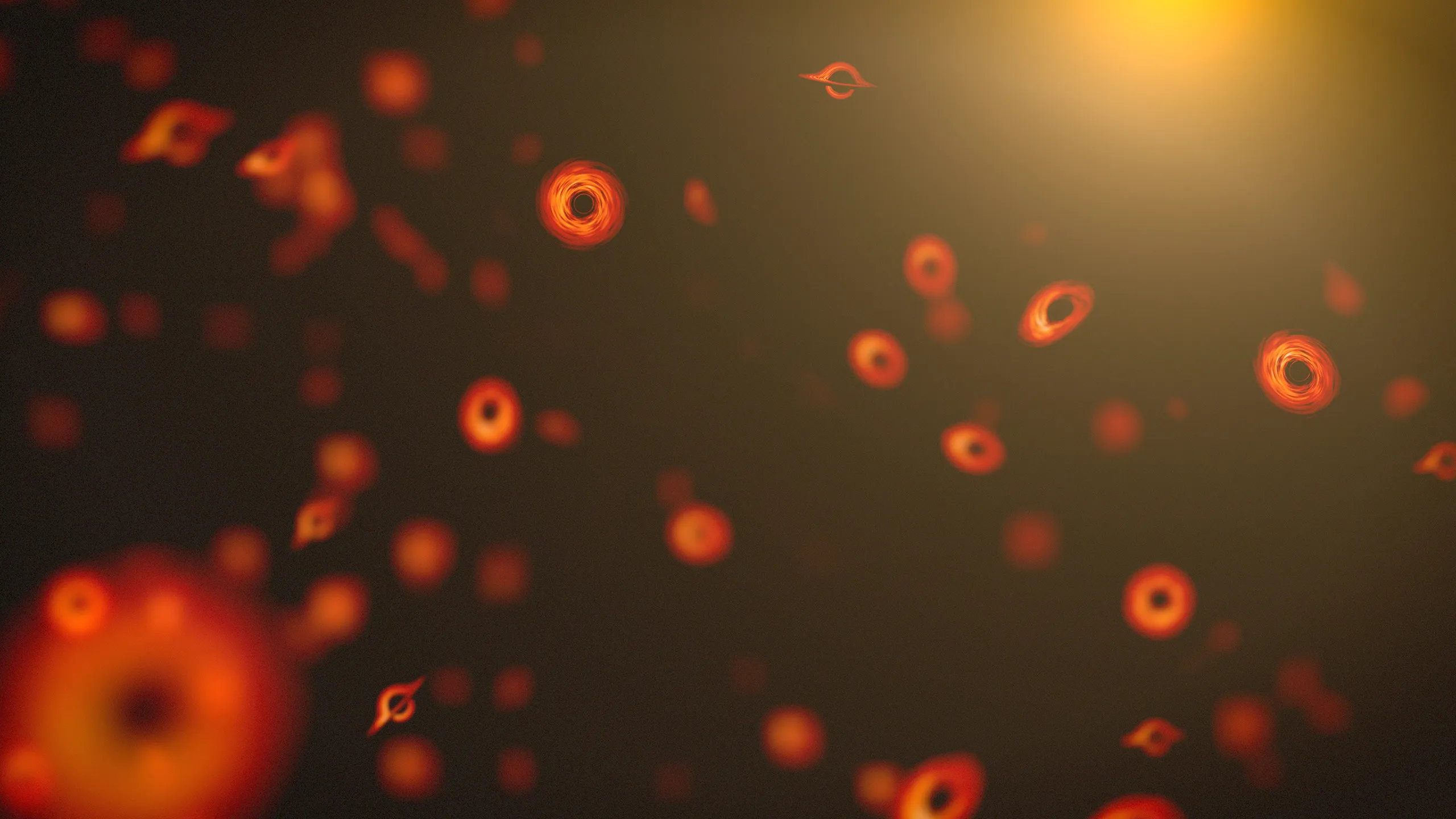
How NASA’s Roman Mission Will Hunt for Primordial Black Holes - NASA
Astronomers have discovered black holes ranging from a few times the Sun’s mass to tens of billions. Now a group of scientists has predicted that NASA’s NancyAshley Balzer (NASA)

Hubble Views a Galaxy with a Voracious Black Hole - NASA Science
Bright, starry spiral arms surround an active galactic center in this new NASA Hubble Space Telescope image of the galaxy NGC 4951. Located in the Virgo constellation, NGC 4951 is located roughly 50 million light-years away from Earth.science.nasa.gov
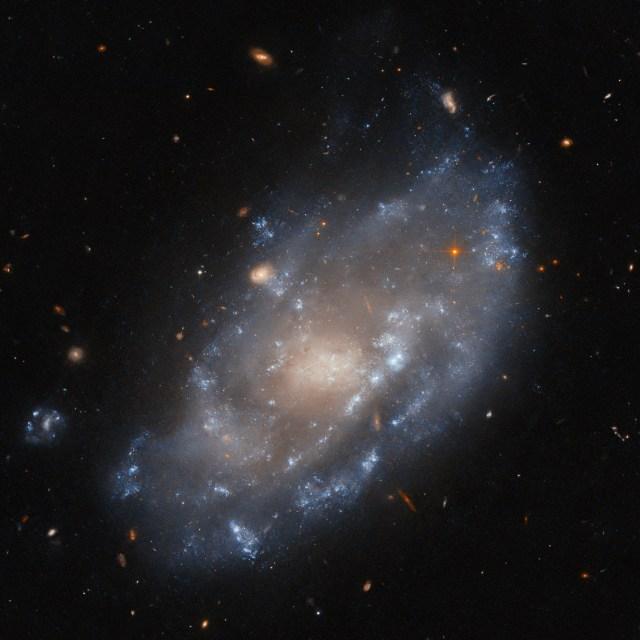
Hubble Hunts Visible Light Sources of X-Rays - NASA Science
This NASA/ESA Hubble Space Telescope image features the dwarf galaxy IC 776. This swirling collection of new and old stars is located in the constellation Virgo, in the Virgo galaxy cluster, 100 million light-years from Earth.science.nasa.gov
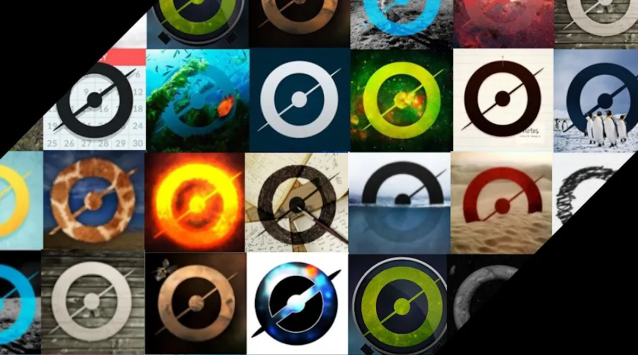
NASA Partner Zooniverse Receives White House Open Science Award - NASA Science
Congrats to NASA partner Zooniverse for being named winners in the White House’s Year of Open Science Recognition Challenge! The White House Office of Science & Technology Policy (OSTP) designated 2023 as the year of Open Science, and invited innovat…science.nasa.gov
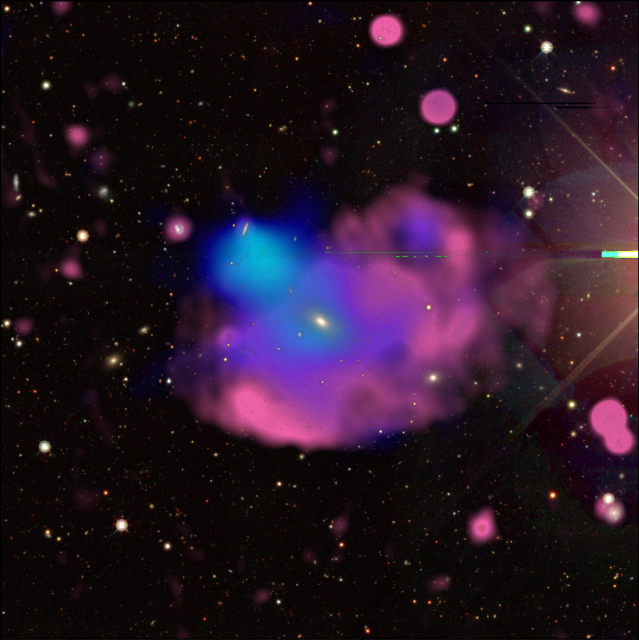
X-ray Satellite XMM-Newton Sees ‘Space Clover' in a New Light - NASA
Astronomers have discovered enormous circular radio features of unknown origin around some galaxies. Now, new observations of one dubbed the CloverleafAshley Balzer (NASA)
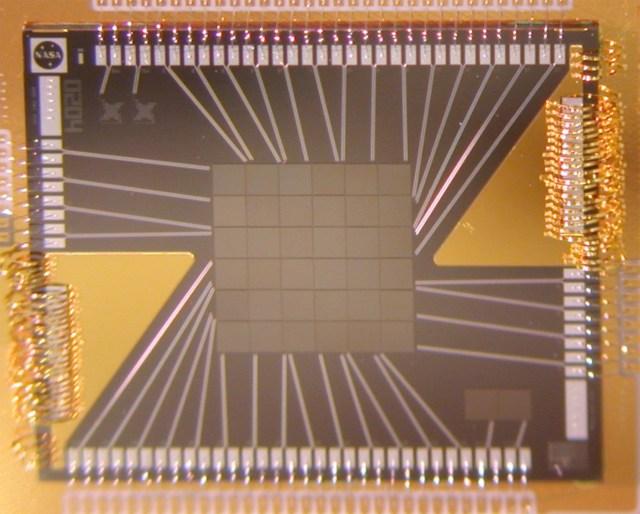
NASA/JAXA’s XRISM Mission Captures Unmatched Data With Just 36 Pixels - NASA Science
At a time when phone cameras are capable of taking snapshots with millions of pixels, an instrument on the Japan-led XRISM (X-ray Imaging and Spectroscopy Mission) satellite captures revolutionary science with just 36 of them.science.nasa.gov
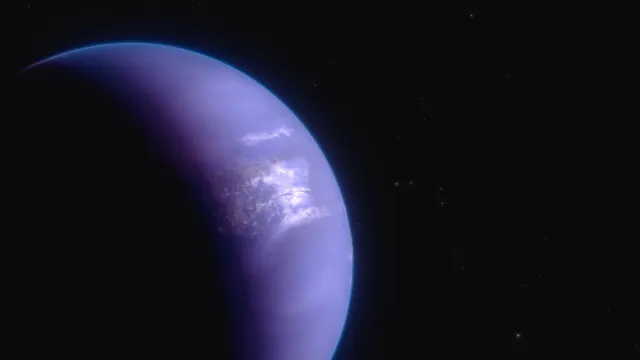
NASA’s Webb Maps Weather on Planet 280 Light-Years Away - NASA Science
An international team of researchers has successfully used NASA’s James Webb Space Telescope to map the weather on the hot gas-giant exoplanet WASP-43 b.science.nasa.gov
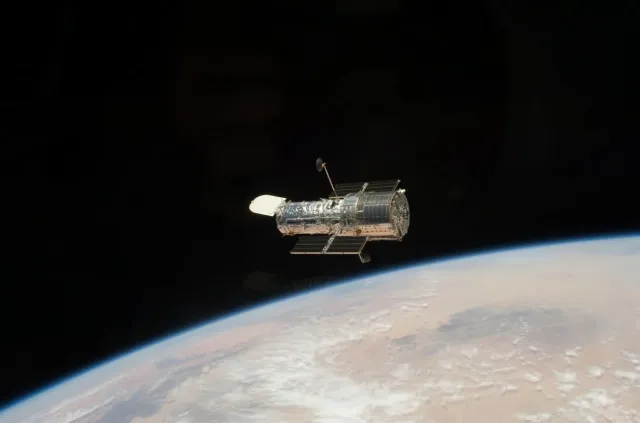
NASA’s Hubble Pauses Science Due to Gyro Issue - NASA Science
NASA is working to resume science operations of the agency’s Hubble Space Telescope after it entered safe mode April 23 due to an ongoing gyroscope (gyro) issue. Hubble’s instruments are stable, and the telescope is in good health.science.nasa.gov
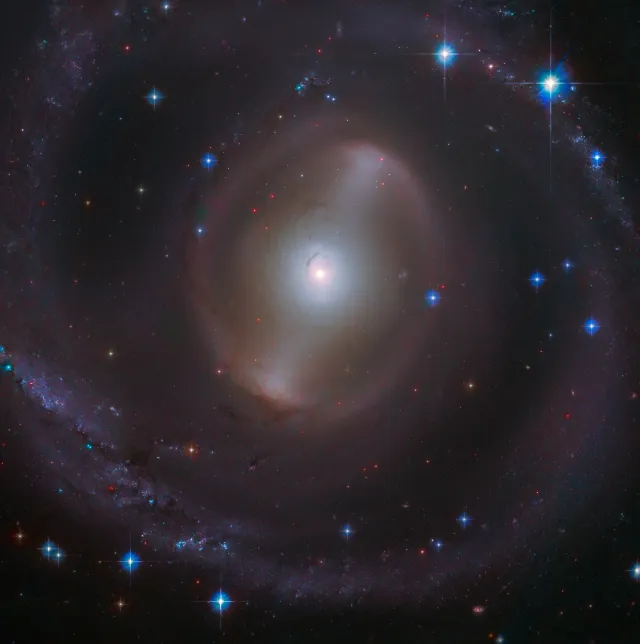
Hubble Spots a Magnificent Barred Galaxy - NASA Science
The magnificent central bar of NGC 2217 (also known as AM 0619-271) shines bright in the constellation of Canis Major (The Greater Dog), in this image taken by the NASA/ESA Hubble Space Telescope.science.nasa.gov
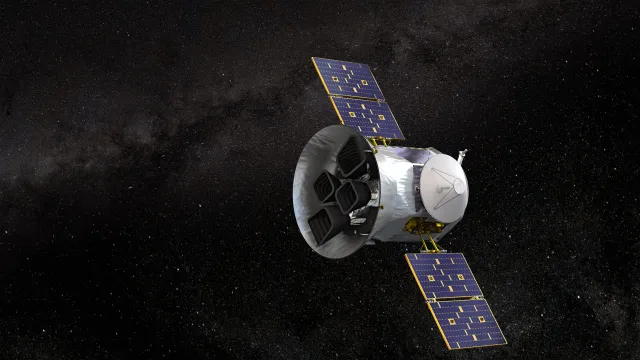
NASA’s Planet-Hunting Satellite Temporarily on Pause - NASA Science
During a routine activity April 23, NASA’s TESS (Transiting Exoplanet Survey Satellite) entered safe mode, temporarily suspending science operations. The satellite scans the sky searching for planets beyond our solar system.science.nasa.gov

Explore the Universe with the First E-Book from NASA’s Fermi - NASA Science
To commemorate a milestone anniversary for NASA’s Fermi spacecraft, the mission team has published an e-book called “Our High-Energy Universe: 15 Years with the Fermi Gamma-ray Space Telescope.science.nasa.gov

Hubble Celebrates 34th Anniversary with a Look at the Little Dumbbell Nebula - NASA Science
In celebration of the 34th anniversary of the launch of NASA’s legendary Hubble Space Telescope on April 24, astronomers took a snapshot of the Little Dumbbell Nebula (also known as Messier 76, M76, or NGC 650/651) located 3,400 light-years away in t…science.nasa.gov
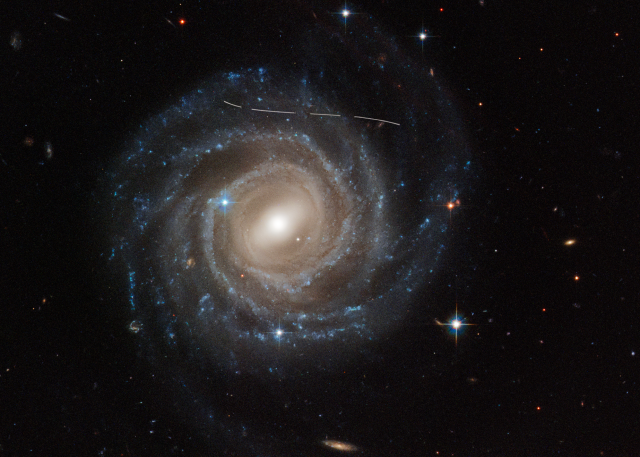
Hubble Goes Hunting for Small Main Belt Asteroids - NASA Science
Like boulders, rocks, and pebbles scattered across a landscape, asteroids come in a wide range of sizes.science.nasa.gov
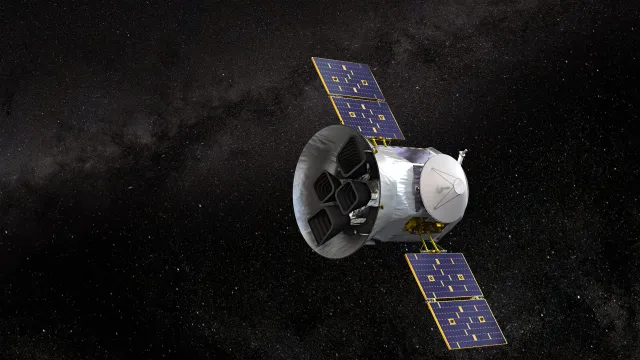
NASA’s TESS Returns to Science Operations
NASA’s TESS (Transiting Exoplanet Survey Satellite) has returned to work after science observations were suspended on April 8, when the spacecraft entered into safe mode.science.nasa.gov
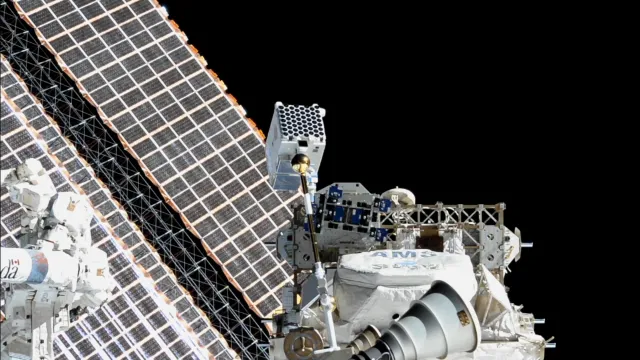
Astronauts To Patch Up NASA’s NICER Telescope
NASA is planning to repair NICER (Neutron star Interior Composition Explorer), an X-ray telescope on the International Space Station, during a spacewalk later this year. It will be the fourth science observatory in orbit serviced by astronauts.science.nasa.gov
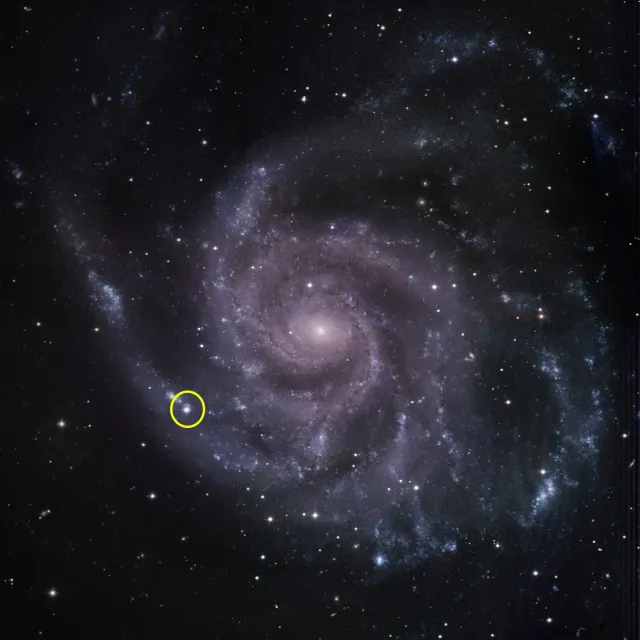
NASA’s Fermi Mission Sees No Gamma Rays from Nearby Supernova
A nearby supernova in 2023 offered astrophysicists an excellent opportunity to test ideas about how these types of explosions boost particles, called cosmic rays, to near light-speed.science.nasa.gov
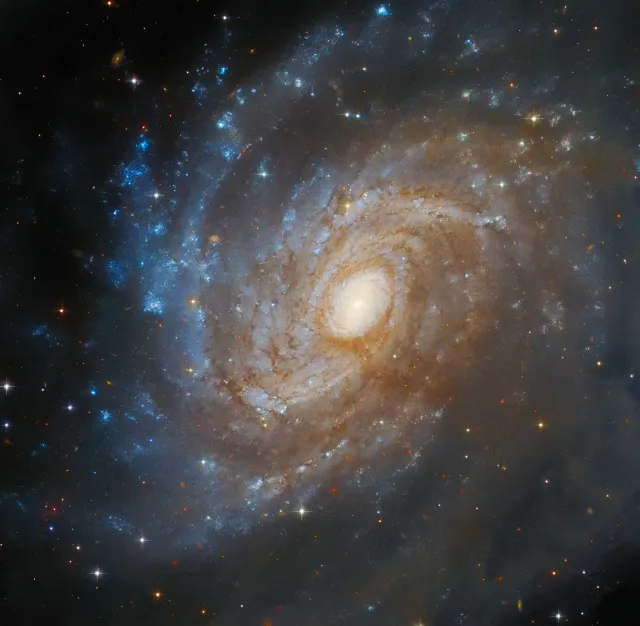
Hubble Spots a Galaxy Hidden in a Dark Cloud
The subject of this image taken with the NASA/ESA Hubble Space Telescope is the spiral galaxy IC 4633, located 100 million light-years away from us in the constellation Apus.science.nasa.gov
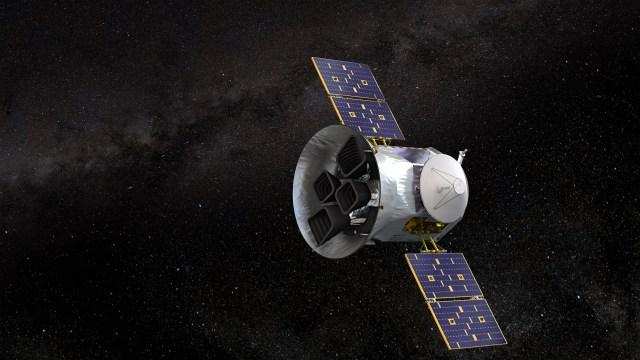
NASA’s TESS Temporarily Pauses Science Observations
NASA’s TESS (Transiting Exoplanet Survey Satellite) entered into safe mode April 8, temporarily interrupting science observations. The team is investigating the root cause of the safe mode, which occurred during scheduled engineering activities.science.nasa.gov
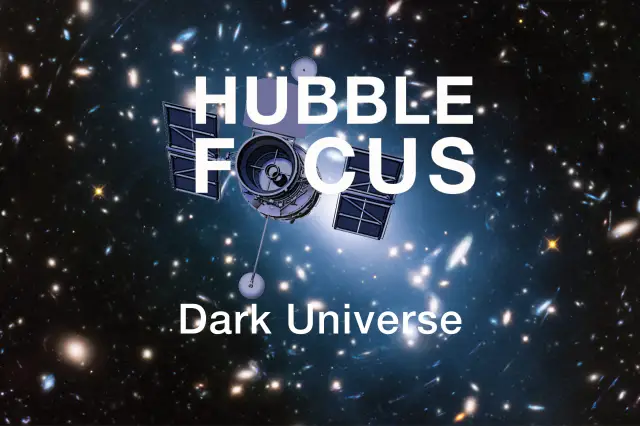
NASA’s New Hubble E-Book Spotlights Universe’s Best-Kept Dark Secrets
NASA’s Hubble Space Telescope team has released a new downloadable e-book in the Hubble Focus series, called “Hubble Focus: The Dark Universe.science.nasa.gov
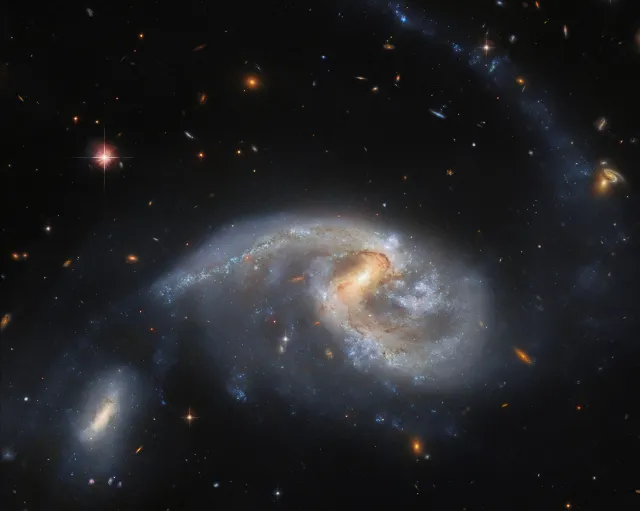
Hubble Peers at Pair of Closely Interacting Galaxies
This image from the NASA/ESA Hubble Space Telescope features Arp 72, a very selective galaxy group that only includes two galaxies interacting due to gravity: NGC 5996 (the large spiral galaxy) and NGC 5994 (its smaller companion, in the lower left o…science.nasa.gov
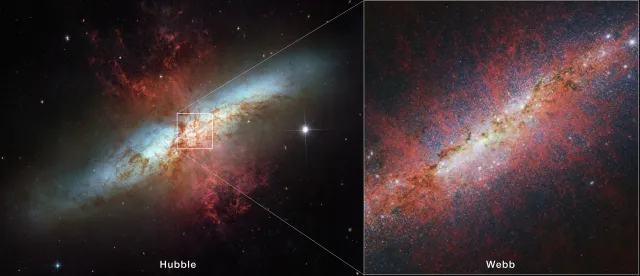
NASA’s Webb Probes an Extreme Starburst Galaxy
Amid a site teeming with new and young stars lies an intricate substructure. A team of astronomers has used NASA’s James Webb Space Telescope to survey the starburst galaxy Messier 82 (M82).science.nasa.gov
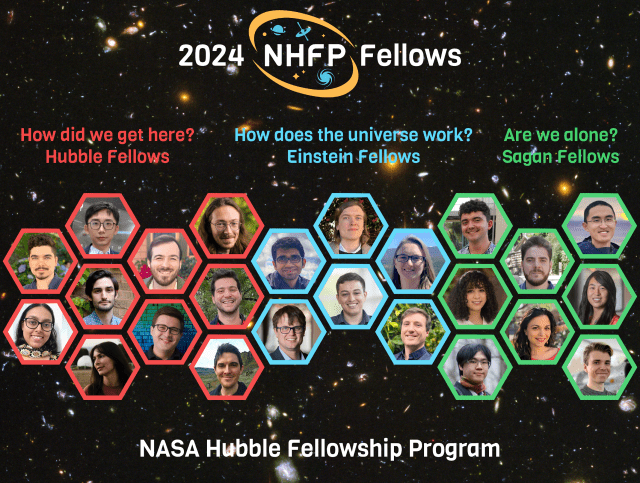
NASA Awards Astrophysics Postdoctoral Fellowships for 2024
The highly competitive NASA Hubble Fellowship Program (NHFP) recently named 24 new fellows to its 2024 roster.science.nasa.gov
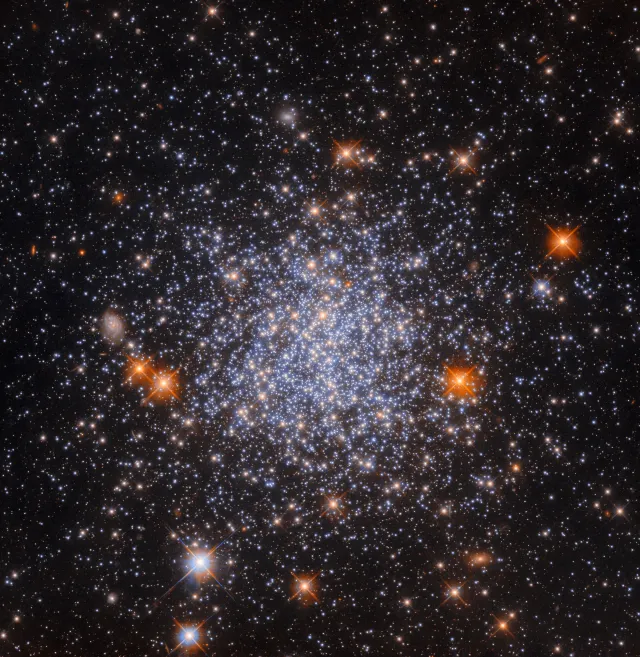
Hubble Finds a Field of Stars
This image from the NASA/ESA Hubble Space Telescope shows a globular cluster called NGC 1651. Like another recent globular cluster image, NGC 1651 is about 162,000 light-years away in the largest and brightest of the Milky Way’s satellite galaxies, t…science.nasa.gov
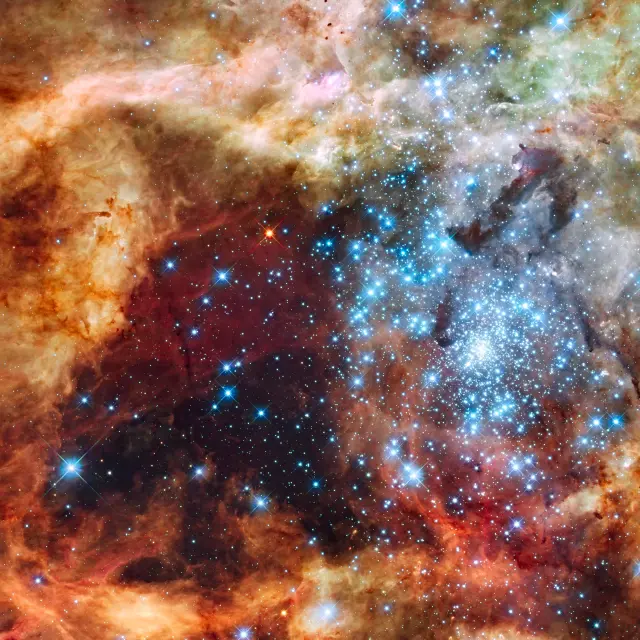
Three-Year Study of Young Stars with NASA's Hubble Enters New Chapter
In the largest and one of the most ambitious Hubble Space Telescope programs ever executed, a team of scientists and engineers collected information on almost 500 stars over a three-year period.science.nasa.gov
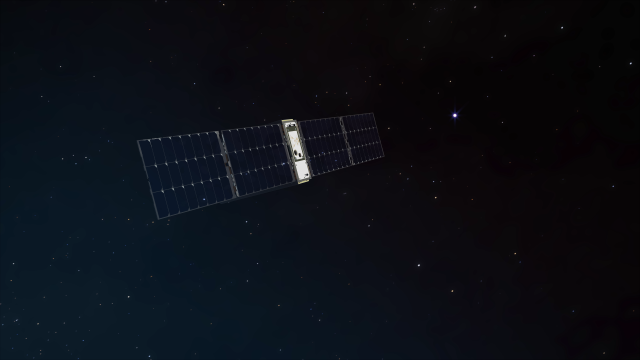
NASA’s Tiny BurstCube Mission Launches to Study Cosmic Blasts
NASA’s BurstCube, a shoebox-sized satellite designed to study the universe’s most powerful explosions, is on its way to the International Space Station.science.nasa.gov
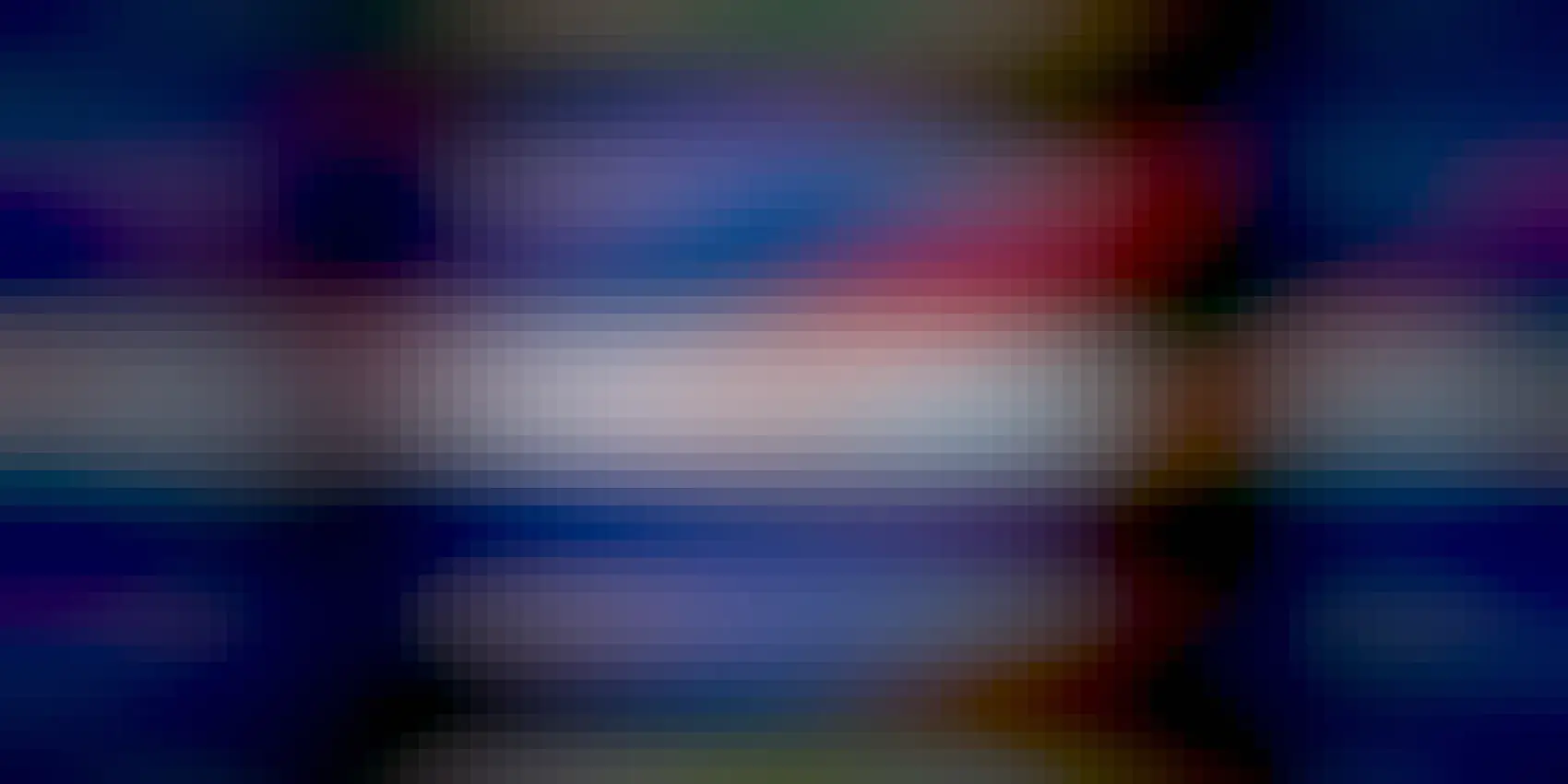
Hubble Spots the Spider Galaxy
This image from the NASA/ESA Hubble Space Telescope shows the gauzy-looking celestial body UGC 5829, an irregular galaxy that lies about 30 million light-years away.science.nasa.gov

NASA’s Tiny BurstCube Mission Launches to Study Cosmic Blasts
NASA’s BurstCube, a shoebox-sized satellite designed to study the universe’s most powerful explosions, is on its way to the International Space Station.science.nasa.gov
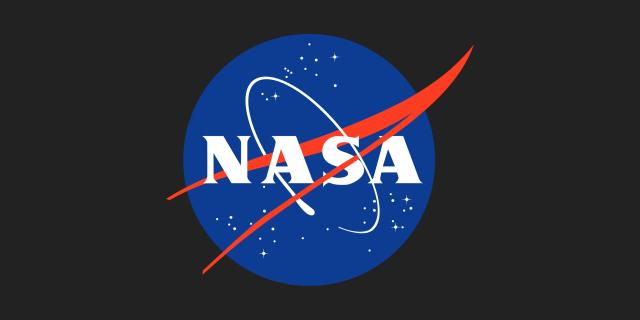
Hubble Views a Galaxy Under Pressure
This NASA/ESA Hubble Space Telescope image shows LEDA 42160, a galaxy about 52 million light-years from Earth in the constellation Virgo.science.nasa.gov
